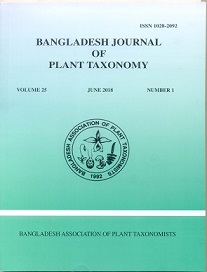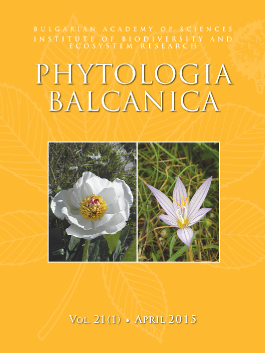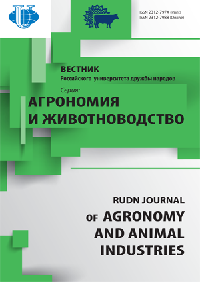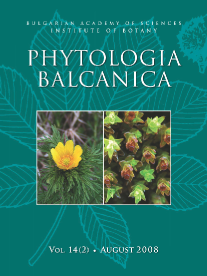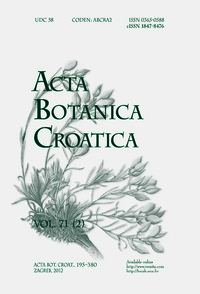Pollen morphology of 19 species, 4 subspecies, and 1 variety of _Carlina_ was studied in detail by light and scanning electron microscopy. Qualitative and quantitative pollen morphological characters which vary between taxa are found in the length of the ectocolpi, presence/nature of the echinae, pollen size and shape, lumina area, P/E ratio, polar axis, equatorial diameter, pollen shape, ectocolpi length, ...
Read more


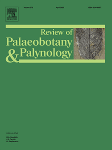
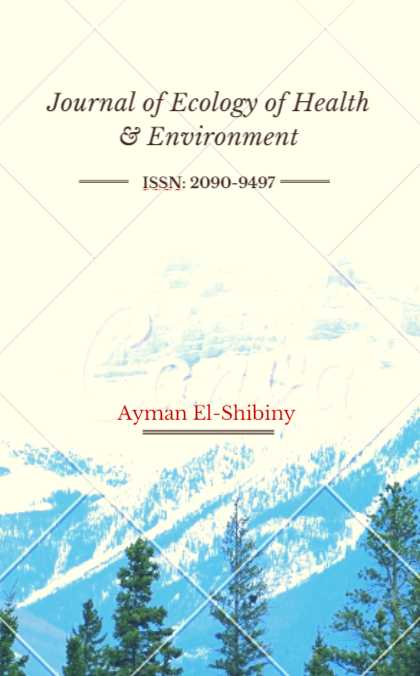
.jpg)
